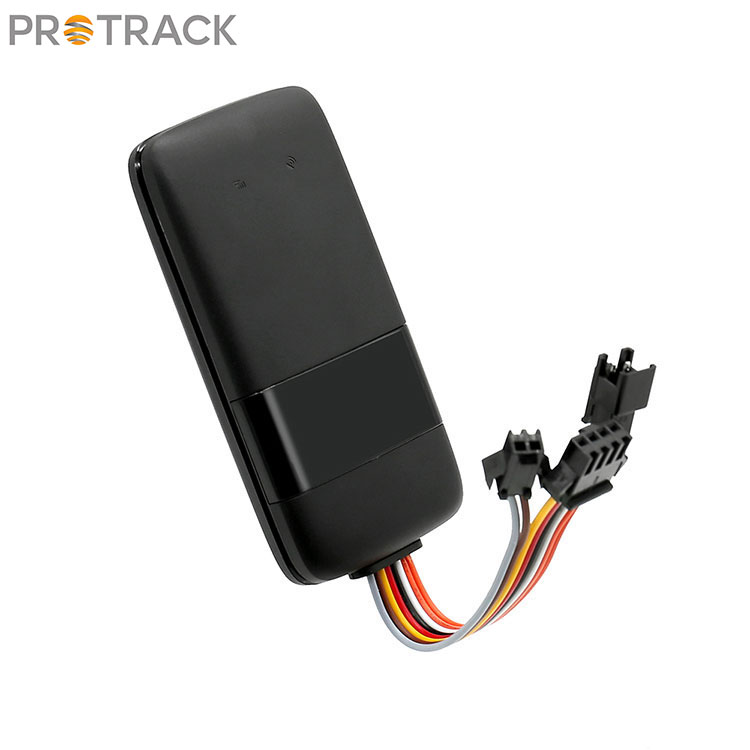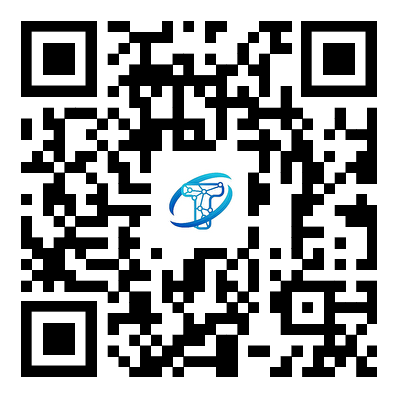Navigating Boundaries: The Role of Geofencing in GPS Locator Tracking
2023-12-04
Introduction:
In the realm of GPS locator tracking, the concept of geofencing has emerged as a powerful tool, revolutionizing how we monitor and manage geographical boundaries. Geofencing enables the creation of virtual perimeters, allowing for automated tracking and triggering of events based on the entry or exit of tracked entities. In this blog post, we will explore the fundamentals of geofencing and delve into how GPS locator trackers leverage this technology for precise and efficient tracking purposes.
Understanding Geofencing:
Geofencing is a location-based technology that defines a virtual boundary around a specific geographical area. This boundary can be as large or as small as needed, and it can be a simple shape like a circle or a more complex polygon. The primary purpose of geofencing is to enable the monitoring of entities, such as vehicles, assets, or individuals, within or outside these predefined zones.
Components of Geofencing:
1. Geofence Creation:
- Geofences are created using GPS coordinates to outline the boundaries of the designated area. This can be done through GPS locator tracker software or specialized geofencing platforms.
2. Monitoring:
- GPS locator trackers continuously monitor their location in real-time. When a tracked entity enters or exits a geofenced area, the system is alerted to trigger predefined actions.
3. Alerts and Notifications:
- Geofencing systems generate alerts or notifications when a tracked entity crosses the virtual boundary. These notifications can be sent to a central monitoring system, a user's device, or both.
4. Automated Actions:
- Geofencing can be integrated with automated actions, such as turning on/off alarms, adjusting settings, or sending commands to the tracked entity, based on its location within the geofence.
Applications of Geofencing with GPS Locator Trackers:
1. Fleet Management:
- Geofencing is widely employed in fleet management to monitor vehicles' entry and exit from predefined areas. This can include monitoring delivery routes, ensuring compliance with specific zones, and optimizing logistical operations.
2. Personal Safety:
- GPS locator trackers with geofencing capabilities are used for personal safety, especially for children or elderly family members. Parents or caregivers can receive alerts if a tracked individual enters or leaves a designated safe zone.
3. Asset Tracking:
- Geofencing enhances asset tracking by providing real-time notifications when valuable assets move into or out of secured areas. This is particularly valuable in preventing theft and ensuring the security of high-value equipment.
4. Security Systems:
- Geofencing can be integrated into home or business security systems. When a GPS locator tracker-equipped device enters or exits a predefined area, the system can activate or deactivate security measures accordingly.
5. Marketing and Retail:
- Retailers use geofencing for location-based marketing. When a customer with a GPS-enabled device enters a predefined area around a store, they may receive targeted promotions or discounts.
Implementing Geofencing with GPS Locator Trackers:
1. Device Configuration:
- GPS locator trackers need to be configured to support geofencing. This involves setting up the virtual boundaries and defining the actions to be taken upon entry or exit.
2. Integration with Software:
- Geofencing functionality is often integrated into GPS tracking software or mobile apps. Users can set up, manage, and monitor geofences through these interfaces.
3. Real-Time Monitoring:
- GPS locator trackers continuously monitor their location, ensuring real-time updates and immediate response when a geofence is breached.
4. Customization:
- Users can customize geofencing parameters, such as the size and shape of the virtual boundary, the type of alerts generated, and the actions triggered upon entry or exit.
Conclusion:
Geofencing, when integrated with GPS locator trackers, adds a layer of intelligence to location-based tracking. The ability to create virtual boundaries and receive automated alerts based on tracked entities' movements offers unprecedented control and customization. As technology continues to advance, we can expect geofencing applications to evolve, providing even more sophisticated solutions for tracking purposes across various industries and personal scenarios.



